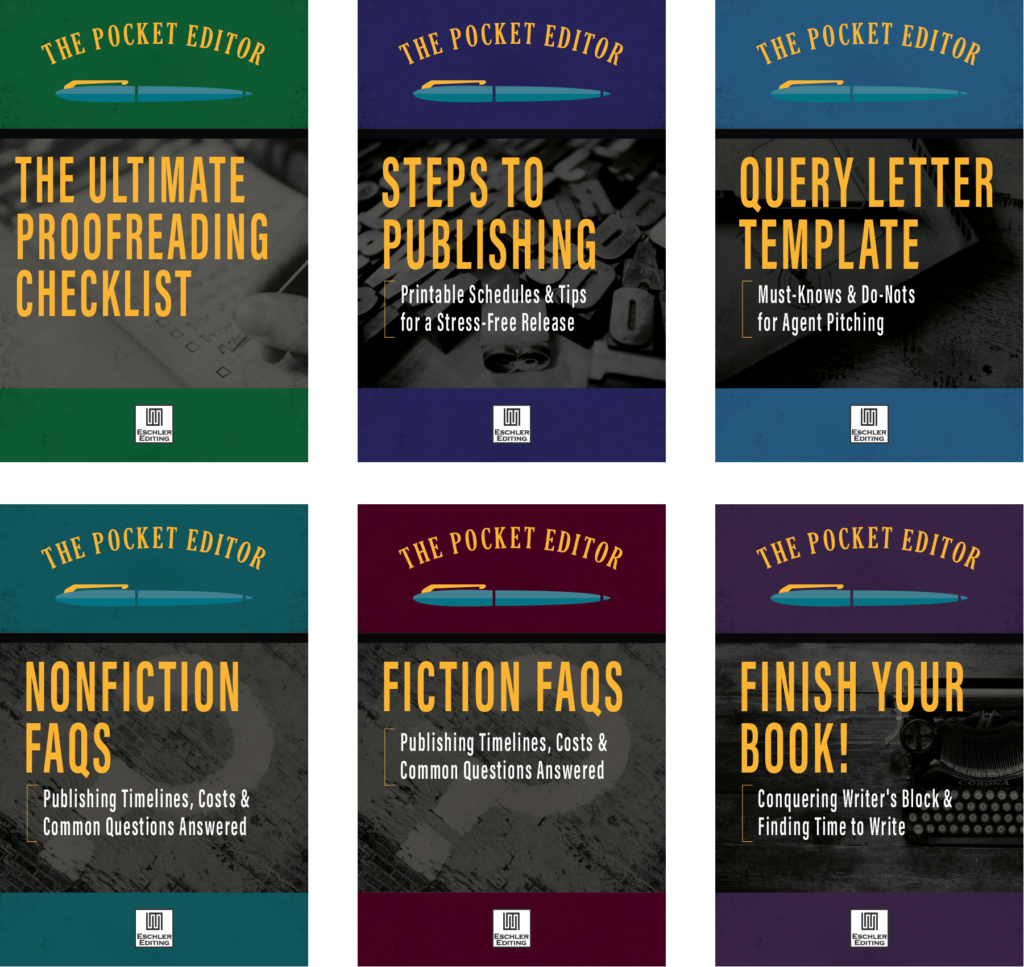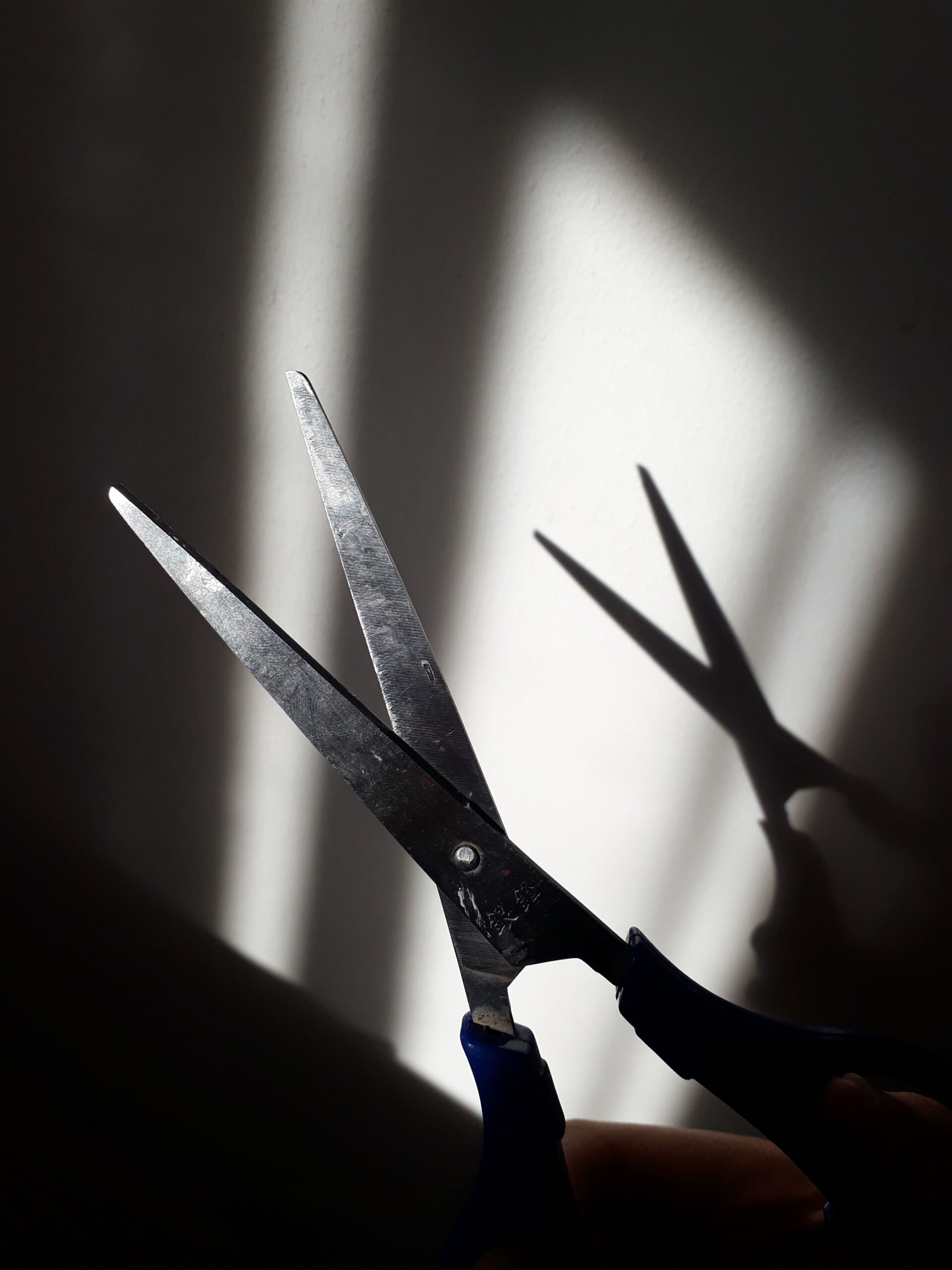by Angela Eschler and Lindsay Flanagan
What’s the number-one thing you should start with if you want to see your nonfiction book successfully published and your message gaining traction?
Your angle.
Finding Your Angle
The way you approach your subject will either draw your ideal clients in or push them away. Your unique angle is your hook—it’s what will draw in curious readers who want to see or experience fulfillment of the promise you’re making.
In Mark McCutcheon’s bestselling nonfiction how-to guide, Damn, Why Didn’t I Write That? he talks about the fact that the top-ten bestselling nonfiction topics have been the same for decades. Here’s a great example: how is it that we haven’t run out of ways to talk about weight loss? It’s all about finding a fresh angle.
As a savvy author, start by researching what is already on the market and the sales numbers on books in your genre. Then make your angle (and voice) unique so that you stand out among other voices discussing your same topic. Consider the titles of “competing” books and their back cover blurbs. What is the unique approach to an overdone subject that each book boasts?
For example, the “contrarian thesis” is a technique used to pique readers’ interest and present a view contrary to popular belief or opinion. It is used to make the subject intriguing and also to frame it in a different light. Do you see examples of this type of angle among the other books you’re researching? Every successful book will have a fresh angle of some kind—a unique promise or perspective that will draw the reader in.
Below are some examples of different angles the book market currently offers on weight-loss. Most of these cover the same ideas—eat healthily, change your mindset, look at your emotional issues, make tweaks to your lifestyle/schedule, plus heathy-eating hacks for busy people—yet each has a slightly different angle around which those same ideas are organized. As a result, each book makes a splash in the market:
- Skinny Bitch: A No-Nonsense, Tough-Love Guide for Savvy Girls Who Want to Stop Eating Crap and Start Looking Fabulous by Rory Freedman and Kim Barnounin
- French Women Don’t Get Fat by Mireille Guiliano
- Women, Food, and God: An Unexpected Path to Almost Everything by Geneen Roth
- Food Rules: An Eater’s Manual by Michael Pollan
- 21 Days to a Stronger, Slimmer, Sexier You by Jessie Pavelka
- Outwit Your Weight Journal: Lose Weight and Keep It Off by Cathy Nonas and Jennifer Bright
- The Neuropsychology of Weight Control by Stephen A. DeVore, Dennis W. Remington, A. Garth Fisher, and Edward A. Parent
- The Emotional Eater’s Repair Manual: A Practical Mind-Body-Spirit Guide for Putting an End to Overeating and Dieting by Julie M. Simon
- The End of Overeating: Taking Control of the Insatiable American Appetite by David Kessler
Your Audience is Key to Deciding Your Angle
An important way to determine which angle to take in your work is to understand which audience you want to draw in. If you think you’re talking to everyone, you’ll end up talking to no one. For instance, not everyone in the world is interested in gardening; the same thing applies to every subject, including narrative-driven works like memoirs. You are truly looking for a very specific person to write to. The details you’ll include or exclude because you’re writing to one type of person will make your book gain the most traction because the message will be unique and intriguing—and that traction will make the book most likely to receive media attention, which will also make it appeal to a broader audience.
As you’re looking at other books on the market, ask yourself how the target market each book was written for affects the angle. For instance, you’ll see differentials among similar markets: a book with a target market of women might be specifically geared toward young women, or working women, or more specifically working mothers, or even more specifically single working mothers.
Consider how the specificity of that audience affects how that book goes wide or deep on a topic—how specific and unique the angle is. A book for beginners might go wide, covering all the basics, while a book for enthusiasts might go deep and leave out details on the beginner information readers would already know.
If you are a topic expert who could speak to multiple audiences, then you’d want a flagship book for the most basic/beginner audience and then a series of spinoffs for subsets of that audience.
- This could be the same content slightly tweaked for different focus groups. For example, if you did financial planning books, you’d start with one for general individuals built on the foundation of advice your clients successfully use. Or if you personally went from rags to riches, you could start with a memoir of your money experiences and what you learned, then branch into the more direct how-to categories after that. There’d be one for single people, then one for couples, then one for couples with children, then one for women, one for working mothers, one for teenagers, and one for people who want a unique lifestyle beyond the standard approach, etc. This strategy builds a content empire and an expansive audience on a specific, focused topic.
- Or, depending on your type of expertise or interest (say you are more of an explorer of related fields), you would branch out to different audiences based on related content but also on your specific voice/style and point of view on life—something that speaks to your audience beyond the how-to content. An example would be Michael Pollan’s books. He started with fascinating books on the history of food in America (from agriculture history to the politics of how and which food gets to our tables to how that affects our eating habits), and then he moved on to fascinating books on growing/gathering/hunting your own food rather than buying it, cooking rather than eating out, food rules for healthy living, new ways of thinking about food, and gardening related to the pleasures of eating.
Tips on Writing to the Audience You’ve Chosen
Know which audience you’re writing for—or at least which you’ll start with? Getting that first book right means focusing on what that audience does and doesn’t need to know (and what you can save for later books in the series). How far along the journey is your reader? Let’s say your book is on gardening. Are you promoting a how-to book for newbie enthusiasts, writing a philosophical piece for plant-educated policymakers, or compiling a lovely bit of this and that for the well-seasoned gardener looking for the next insider secret?
- Don’t give too much background on your topic if your audience is already knowledgeable on the subject. Conversely, if you are targeting an audience that is not well-versed on the topic, give appropriate amounts of background and organize very clearly with a step-by-step approach. Don’t assume readers will know about prior research and standard assumptions regarding your topic unless you have identified exactly how to reach your uniquely educated market. Use jargon and acronyms if fellow experts comprise your audience (you can define those terms once in parentheses to be safe), but spell things out, as it were, for new learners.
- Understand point of view (and your “voice”), as it will affect your angle and marketability, but also because you want to choose the point of view that is most practical and effective for your genre. For instance, your choice to present your ideas in first-person or third-person point of view depends on your genre. If you choose first person, you are indicating to the reader that your relationship to the subject is close and personal. Third person, on the other hand, suggests that you are more of an observer while still an expert on your topic. Consider that issue and how it would play out in the following genres: a memoir or a family history or biography; a how-to based on your own experiences versus one based on research you’ve done; a journal-based exploration of a process or journey others could customize to their own lives; or a journal article.
Wrap-up
After all that, there’s still the nitty-gritty of source citations, fair use, style guides, how to format quotes or bullets, things to know about the publishing industry that affect how you write—and if you can sell—the actual book, etc. For tips on that sort of thing, head on over to our blog archives to find out what you need to know! We have articles on writing nonfiction, self-publishing vs. traditional, and how to get an agent and make a sale in today’s market.
__________________________________________________________________
Angela Eschler, founder of the award-winning Eschler Editing, has more than seventeen years of experience in the publishing industry, including nearly a decade working in-house at traditional publishers. She now works as a freelance editor and industry coach for authors, editors, publishers, and other organizations and has edited nearly a thousand manuscripts from diverse genres. A published author herself (inspirational works for women), Angela’s work has been featured on television, radio, and in documentary film. As a certified word nerd, she loves connecting with writers and readers of all sorts.







0 Comments